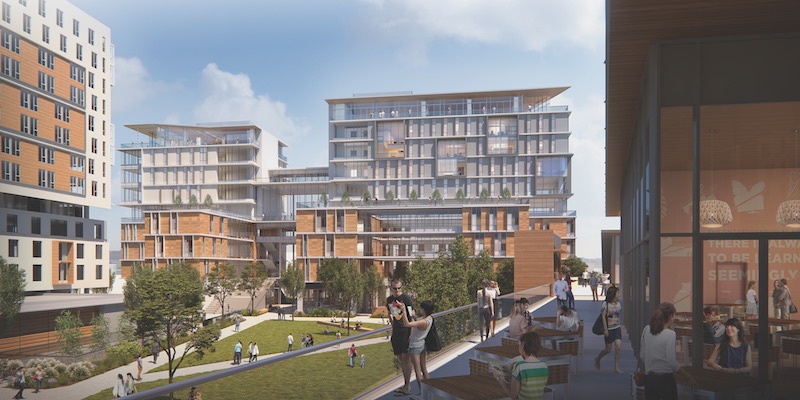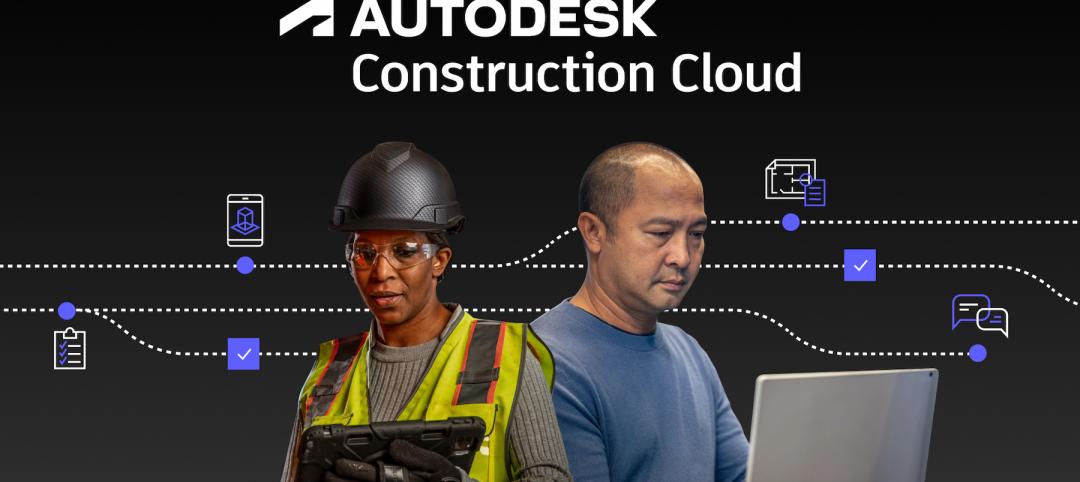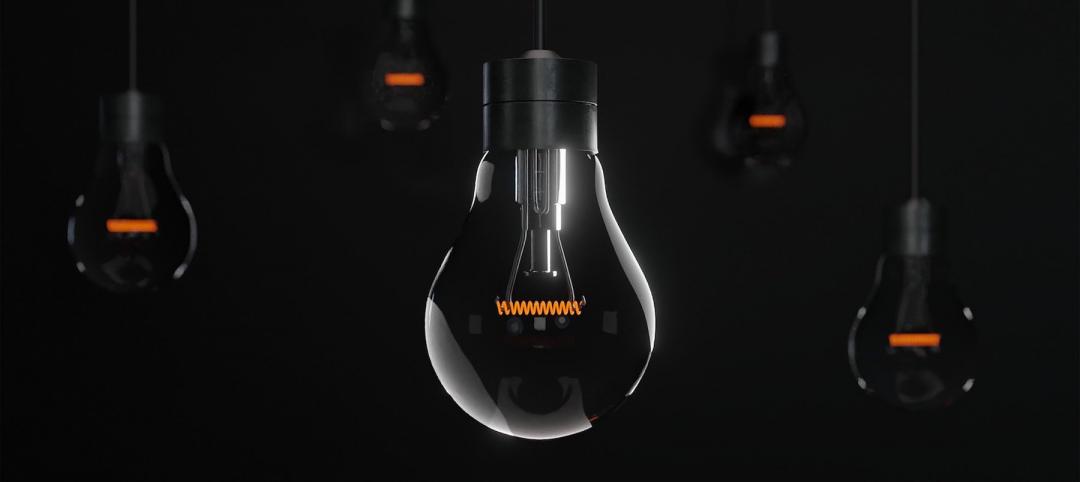Project teams are finding innovative ways to implement smart building technology. New partnerships are one avenue, says Matthew Toner, CBRE’s Managing Director of Smart Buildings and IoT, describing CBRE’s acquisition of Johnson Controls’ Global Workplace Solutions unit. “We’re innovating in proprietary solutions when a client needs a certain product that is not available on the market,” he says.
Edge Technologies has entered into alliances with the International WELL Building Institute and wellness-focused real estate developer Delos. These collaborations, says Executive Managing Director Jan-Hein Lakeman, will help analyze data from its latest smart projects in new ways while giving those organizations access to important post-occupancy information at scale. Edge has identified 13 U.S. cities as targets for new development.
The first of those, designed in collaboration with Perkins+Will, repositions a suburban New Jersey office park into a “connected campus” and headquarters for consumer goods maker Unilever. The building’s 15,000 installed sensors measure temperature, illumination, carbon dioxide, and humidity—a suite of smart tech solutions credited with cutting energy bills by 50% since startup in 2018.
In Denver, WSP’s new innovation center employs digital twin modeling programs to monitor building performance live in the virtual world. The eventual goal: Adjustments made in the VR model will push back into the actual operational model. “This is a great benefit,” notes WSP SVP Herbert Els. “We are looking at continual commissioning and engagement with clients, long after occupancy.”
This idea of “living labs” has also taken hold at HKS Architects, where Tommy Zakrzewski, PhD, Director of Integrative Energy Engineering, uses similar digital twin-modeling concepts to understand how well the firm’s new Chicago office operates, a tool that HKS can apply to client projects.
“Tied to a LEED energy-compliance model, we’ve been able to monitor trends and correct building or workspace performance through a front-end dashboard,” says Zakrzewski. “This kind of system is key for observing positive and negative facility performance and exploring new ideas.”
Working with Clark Construction and Safdie Rabines Architects, HKS is employing these ideas to create a new connected community at the University of California, San Diego’s new North Torrey Pines Living and Learning Neighborhood (see HKS rendering above). A 10-acre interdisciplinary environment blending academic, residential, commercial, and cultural programming, the project seeks to optimize the performance of six different buildings, showcasing “how architecture, engineering, and sustainability come together in a holistic way,” says Zakrzewski.
Related Stories
Concrete Technology | Apr 19, 2022
SGH’s Applied Science & Research Center achieves ISO 17025 accreditation for concrete testing procedures
Simpson Gumpertz & Heger’s (SGH) Applied Science & Research Center recently received ISO/IEC17025 accreditation from the American Association for Laboratory Accreditation (A2LA) for several concrete testing methods.
Sponsored | BD+C University Course | Apr 19, 2022
Multi-story building systems and selection criteria
This course outlines the attributes, functions, benefits, limits, and acoustic qualities of composite deck slabs. It reviews the three primary types of composite systems that represent the full range of long-span composite floor systems and examines the criteria for their selection, design, and engineering.
Wood | Apr 13, 2022
Mass timber: Multifamily’s next big building system
Mass timber construction experts offer advice on how to use prefabricated wood systems to help you reach for the heights with your next apartment or condominium project.
AEC Tech | Apr 13, 2022
Morphosis designs EV charging station for automaker Genesis
LA-based design and architecture firm Morphosis has partnered with automotive luxury brand Genesis to bring their signature brand and styling, attention-to-detail, and seamless customer experience to the design of Electric Vehicle Charging (EVC) Stations.
AEC Tech | Apr 13, 2022
A robot automates elevator installation
Schindler—which manufactures and installs elevators, escalators, and moving walkways—has created a robot called R.I.S.E. (robotic installation system for elevators) to help install lifts in high-rise buildings.
Building Tech | Apr 6, 2022
Autodesk Construction Cloud Introduces New Data Sharing Capabilities to Transform Construction Collaboration
Autodesk, Inc. (NASDAQ: ADSK) today launched Bridge, a new collaboration capability that empowers construction teams to share only relevant data with project stakeholders, regardless of whether they are on the same team or building project within Autodesk Construction Cloud.
Modular Building | Mar 31, 2022
Rick Murdock’s dream multifamily housing factory
Modular housing leader Rick Murdock had a vision: Why not use robotic systems to automate the production of affordable modular housing? Now that vision is a reality.
Codes and Standards | Mar 22, 2022
Dept. of Energy awards $32 million for next-generation building retrofits
The U.S. Dept. of Energy has awarded a total of $32 million for more than 30 next-generation building retrofit projects that will dramatically improve affordable housing technologies, according to a DOE news release.
Sponsored | BD+C University Course | Feb 17, 2022
Metal roofing trends
New ideas in design and constructability are radically changing how metal systems are used as roofing for commercial and institutional buildings. Behind the investment in these new kinds of expressions and construction approaches is a growing interest in improved performance and reduced environmental impact. Metal roofing systems can cut cooling and heating loads significantly, according to the EPA.
Sponsored | Reconstruction & Renovation | Jan 25, 2022
Concrete buildings: Effective solutions for restorations and major repairs
Architectural concrete as we know it today was invented in the 19th century. It reached new heights in the U.S. after World War II when mid-century modernism was in vogue, following in the footsteps of a European aesthetic that expressed structure and permanent surfaces through this exposed material. Concrete was treated as a monolithic miracle, waterproof and structurally and visually versatile.
















